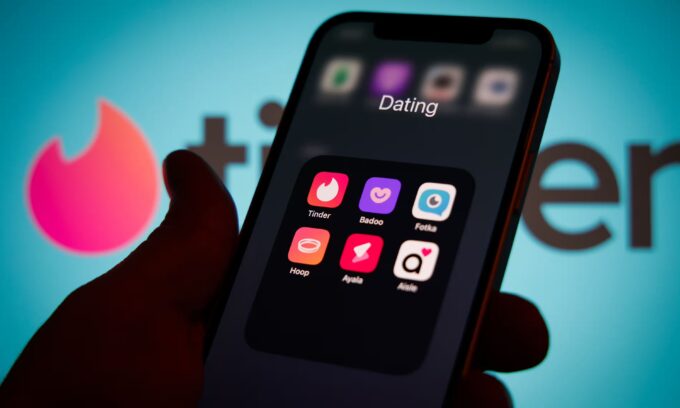Contents
In parts one and two of this blog post series about the evolution of language, we discussed how moderating user-generated content (UGC) echoes how people communicate and how the rapid evolution of language online is now making that job harder.
In short, there’s nothing new about setting rules for acceptable speech, but we have to get faster about how we do it.

However, it’s also worth considering how online communication doesn’t just build on how offline communication works but offers something new and different. The fact that email was created to be a digital equivalent of postal mail, for example, is right there in the name – but today, email offers much more than the post ever could, from uniquely personalized content to embedded video.
Across the internet, there’s a wealth of communication options, ranging from adding simple emojis to broadcasting yourself live to millions of viewers, which don’t have a direct offline equivalent. Of course, pointing this out is stating the obvious; those otherwise impossible options are, to a large extent, precisely why the internet is so powerful and popular.
Risk-reward?
And yet, from a business perspective, it would be easy to look at this UGC and see it as something quite similar to cybersecurity. Cyber attackers are often locked in an arms race with security professionals, each trying to identify weaknesses first and develop more robust tactics than the other. Having a wide variety of options is also a range of potential ways to get around the policies that a platform might want to impose – whether it is stopping people from conducting business through other channels or monitoring for much graver abuse issues or hate speech.

Giving shoppers the power to post videos of products they purchase, for example, has clear benefits in building credibility. But conversely, users can use that feature to publish irrelevant or even maliciously untrue content. Building reaction gifs into an online dating messaging platform might enrich conversations and be used as an avenue for guerilla marketing.
The sheer variety at play here marks a real difference from the offline reality of (mostly) speech and writing.
While these concerns are well-founded, thinking about this kind of UGC in these terms risks missing how vital it is as an engine of growth for online businesses: the perception of danger might cloud sight of the benefits.
The most successful moderation approaches are about enabling interactions as much as blocking them; not an arms race, but teamwork.
New moderation for new communication
It’s becoming more widely understood that offering advice about examples of and benefits in return for positive behaviors on platforms is ultimately more effective than punishing negative behavior. Research has shown this, and large online platforms are increasingly turning to this method.
Here, we might be looking at something fundamentally different from the long offline history of moderating speech, which has typically relied on limiting certain expressions and interactions.
When businesses open themselves to users and customers communicating in richer ways, we think the best approaches will focus on how moderation can empower users in ways that enable growth. An entirely conservative approach will only stifle the potential of audiences, customers, and users.
These new worlds of content will not be effectively moderated using tools and methods adopted to deal with purely text-based interactions. As users’ interactions become more complex, we will need human input to oversee and understand how those interactions work.
Ahem… tap, tap… is this thing on? 🎙️
We’re Besedo and we provide content moderation tools and services to companies all over the world. Often behind the scenes.
Want to learn more? Check out our homepage and use cases.
And above all, don’t hesitate to contact us if you have questions or want a demo.




